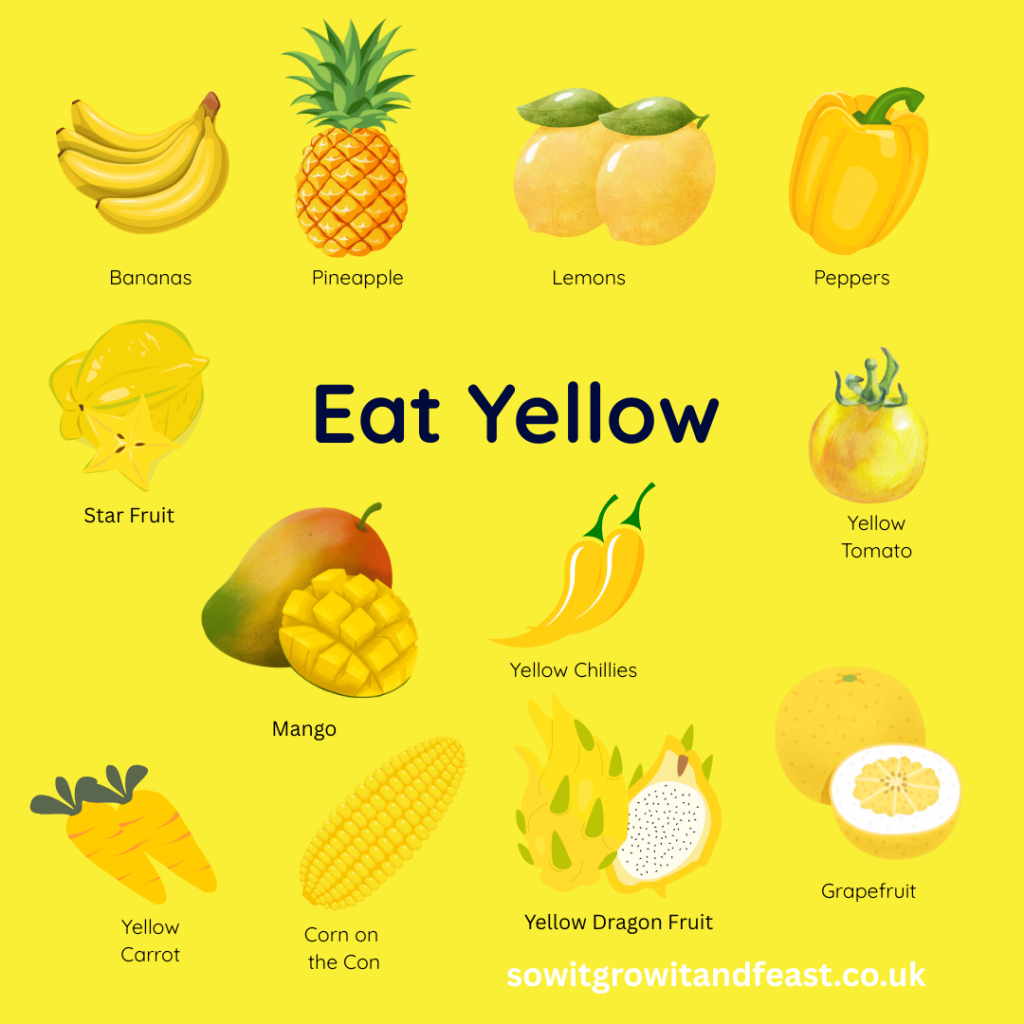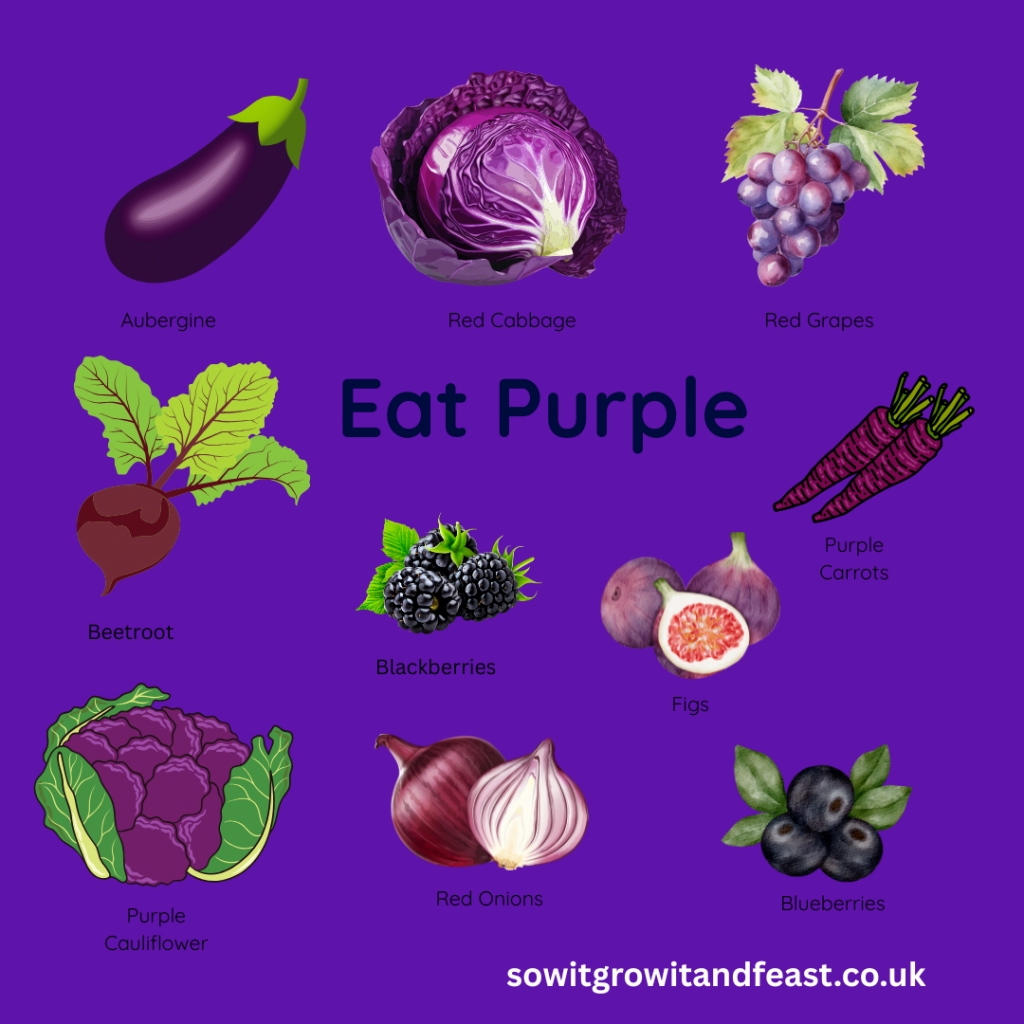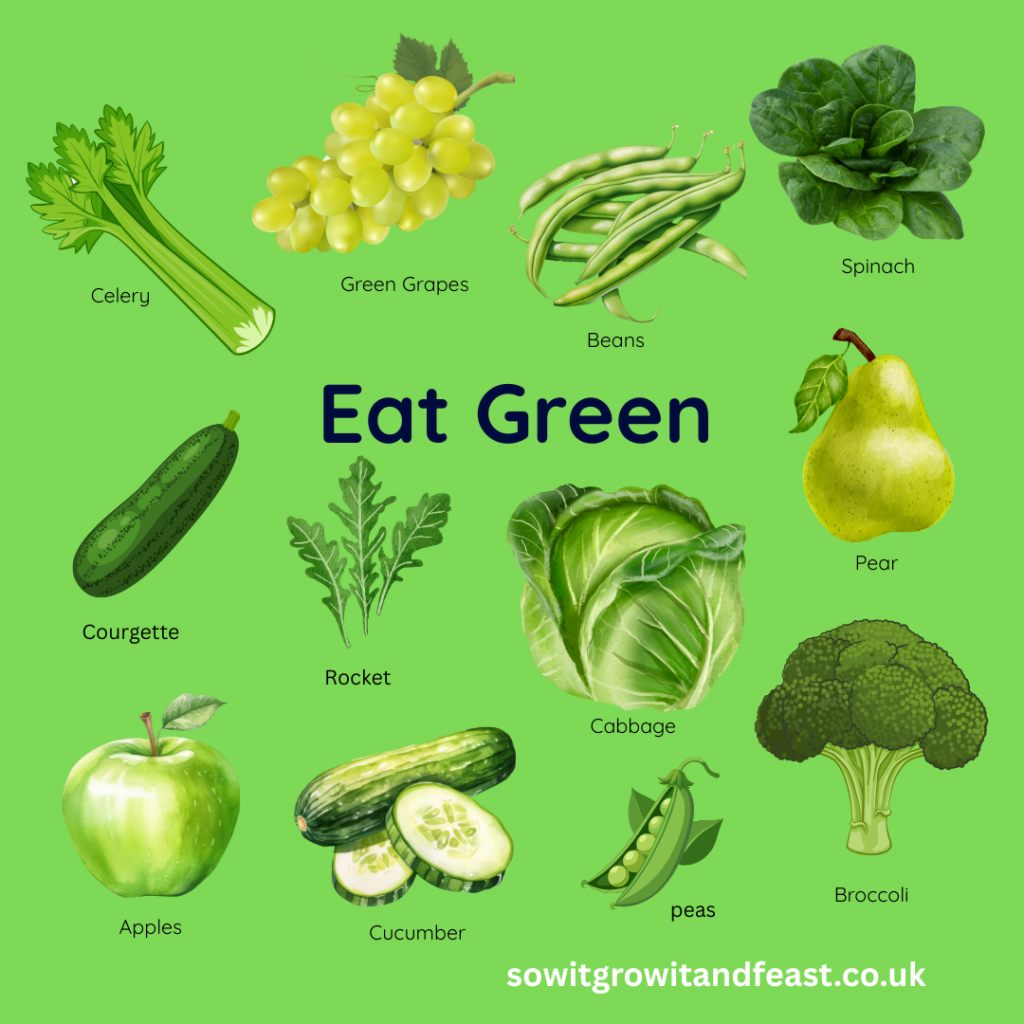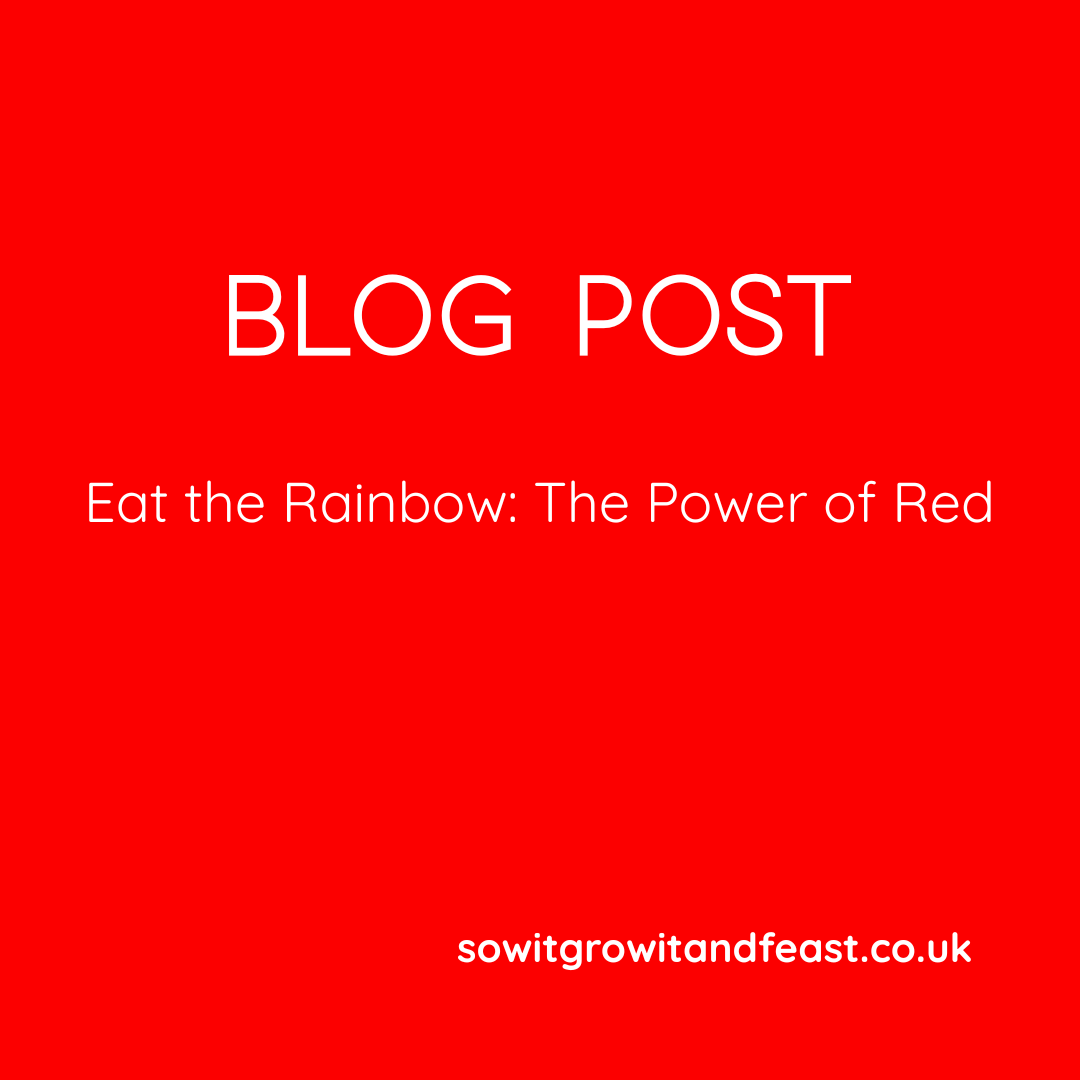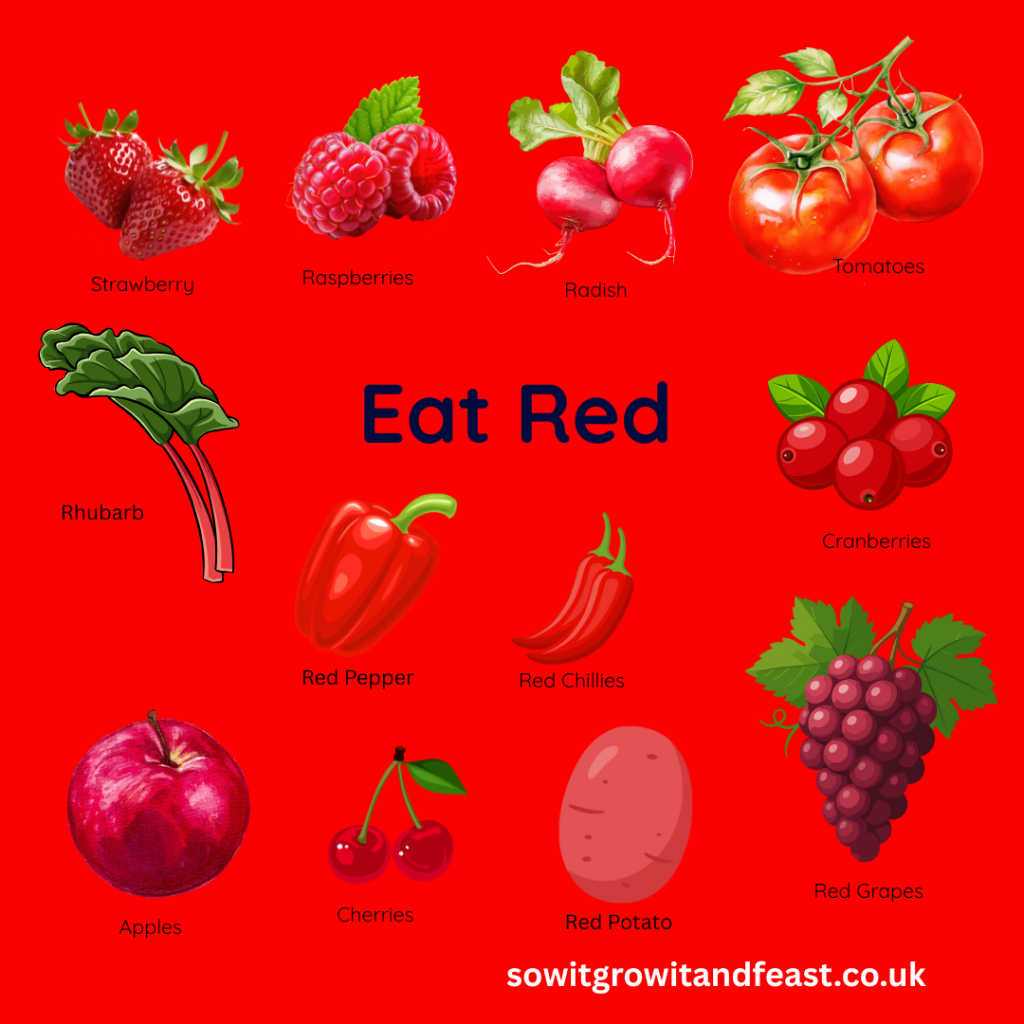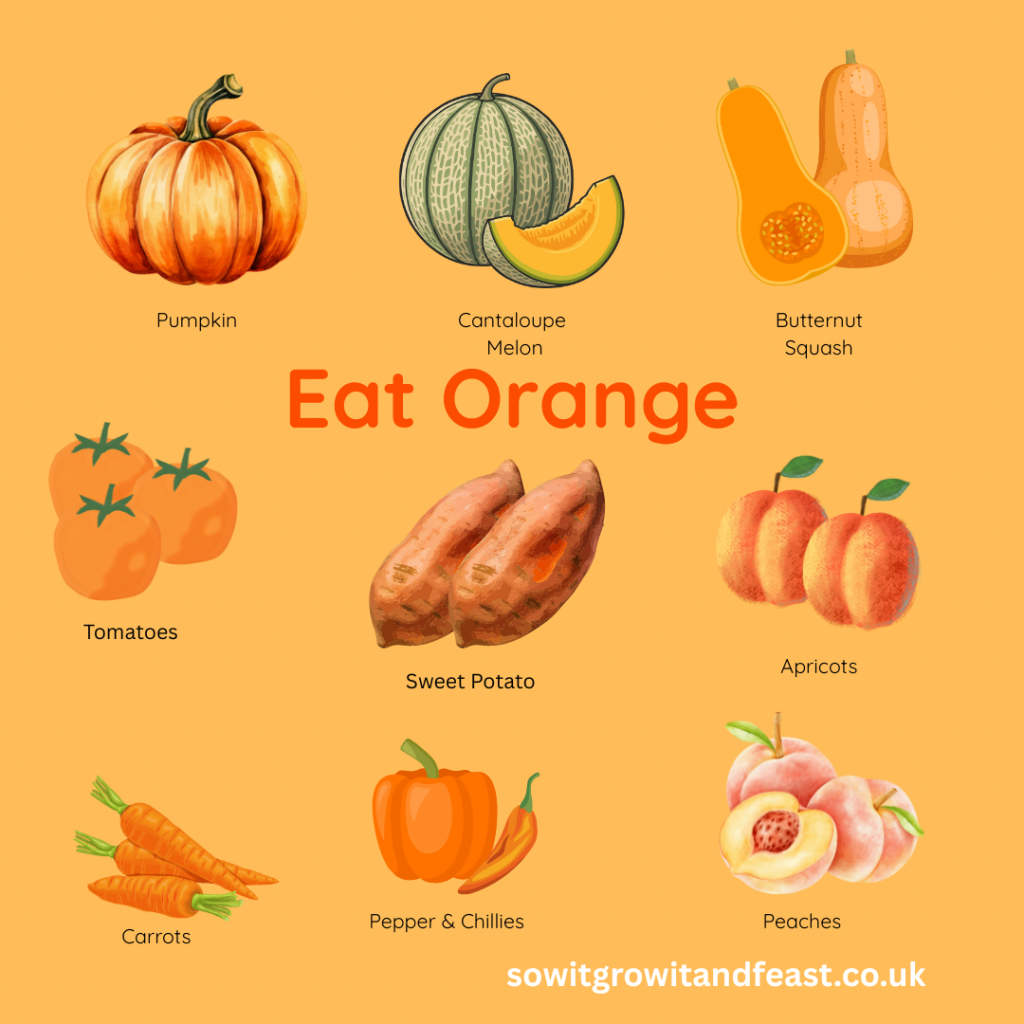Food prices are rising at a significant rate, and for many families, in order to make their money stretch, they are having to compromise on the the quality of produce on their shopping list. This situation has led many to question how they can provide healthy, affordable food for their households. One effective solution is to grow your own food. Cultivating a garden, no matter the size, offers a range of benefits that extend beyond the dinner table.
So what are the advantages of growing your own food?
Complete Control Over Your Food’s Journey
When you purchase produce from a supermarket, its journey from farm to shelf is often long and complex. It passes through various stages of harvesting, transport, storage and processing. At each stage, the food can be exposed to chemicals, preservatives and contaminants.
By growing your own fruits and vegetables, you have complete transparency. You know exactly what has gone into nurturing them, from the soil and fertilisers used to the pest control methods applied. This allows you to completely eliminate the use of synthetic pesticides and herbicides, which have been linked to various health concerns. Growing food organically becomes a straightforward choice rather than a costly supermarket option.
Fresher Produce and Superior Taste
The flavour of freshly picked produce is often superior to that of store-bought alternatives. This difference in taste is not just anecdotal; it has a scientific basis. From the moment a fruit or vegetable is harvested, its sugars begin to convert into starches, its moisture content starts to decrease, and its delicate flavour compounds begin to break down.
Supermarket produce may have been harvested days or even weeks before it reaches your kitchen. To withstand the long transit times, many varieties are picked before they are fully ripe and are sometimes artificially ripened using ethylene gas. This process compromises the development of natural sugars and aromatic compounds, resulting in a less flavourful product. When you grow your own food, you can harvest it at its peak of ripeness, ensuring maximum flavour and nutritional value.
Significant Cost Savings
While there is an initial investment required for soil, seeds and tools, growing your own food can lead to substantial long-term savings. The cost of a packet of seeds is minimal compared to the price of purchasing the resulting produce week after week. A single tomato plant, for example, can yield several kilograms of fruit over a season, far exceeding the value of its initial cost.
These savings become particularly noticeable with herbs and salad greens, which are often expensive to buy fresh but are easy and prolific to grow. By cultivating your own produce, you can reduce your grocery bills and allocate those savings to other household needs.
Access to Unique Varieties
Supermarkets typically stock a limited range of fruit and vegetable varieties, selected primarily for their ability to travel well and maintain a long shelf life. This commercial focus means that many flavourful and unique heirloom varieties are not available to the average consumer.
Growing your own food opens up a world of choice. Seed catalogues and local nurseries offer a vast selection of varieties, each with its own distinct taste, colour and texture. This allows you to cultivate produce that is tailored to your culinary preferences and to experience flavours that cannot be found in a typical grocery store.
Reducing Your Carbon Footprint
The modern food supply chain is a significant contributor to greenhouse gas emissions. Produce is often transported thousands of miles by air, sea and road, consuming large amounts of fossil fuels. This journey from farm to consumer is often referred to as “food miles.”
By growing your own food, you eliminate these food miles entirely. Your produce travels only from your garden to your kitchen, drastically reducing the carbon emissions associated with your food consumption. Furthermore, you eliminate the need for single-use plastic packaging, which is a major source of pollution.
Promoting Food Security
Food security refers to having reliable access to a sufficient quantity of affordable, nutritious food. On a household level, a garden can provide a degree of food security, offering a supplementary source of fresh produce that is independent of supply chain disruptions or price fluctuations. While a small garden may not meet all of your nutritional needs, it can provide a valuable buffer and contribute to your family’s resilience.
Stress Reduction and Mental Clarity
Gardening is widely recognised for its therapeutic qualities. Engaging in the physical tasks of planting, watering and weeding can have a meditative effect, helping to lower levels of the stress hormone cortisol. Spending time outdoors, surrounded by greenery, has been shown to improve mood and reduce feelings of anxiety. The sense of purpose and accomplishment that comes from nurturing a plant from seed to harvest can also be a powerful boost to self-esteem.
Physical Activity and Vitamin D
Gardening is a form of gentle, low-impact exercise that involves a variety of movements, such as digging, lifting and stretching. This activity can improve strength, flexibility, and cardiovascular health. Additionally, spending time in the garden exposes you to sunlight, which is essential for the body’s production of Vitamin D. This vitamin plays a crucial role in bone health and immune function.
A Rewarding Family Activity
Gardening can be a wonderful activity for the entire family. It provides an opportunity for children to learn where their food comes from and to develop an appreciation for nature. Involving them in the process of planting and harvesting can encourage them to try new fruits and vegetables, promoting healthier eating habits from a young age.
A Step Towards a Healthier Future
Growing your own food is a practical and rewarding endeavour that offers a multitude of benefits. It provides access to fresher, more nutritious produce, reduces household expenses and lessens your environmental impact. Furthermore, the act of gardening contributes positively to mental and physical wellbeing.
Whether you have a large garden, a small patio or just a sunny windowsill, you can start growing your own food. By taking this small step, you can improve the quality of your diet, gain a greater connection to your food, and contribute to a more sustainable lifestyle for you and your family.
Further Reading: How to Start Your Own Vegetable Patch, How to Plan and Design Your Dream Vegetable Patch, Why Choose Sow It Grow It and Feast for Your Garden?, How to Choose the Perfect Flower Pot for Your Crops, The Principles of Organic Gardening





